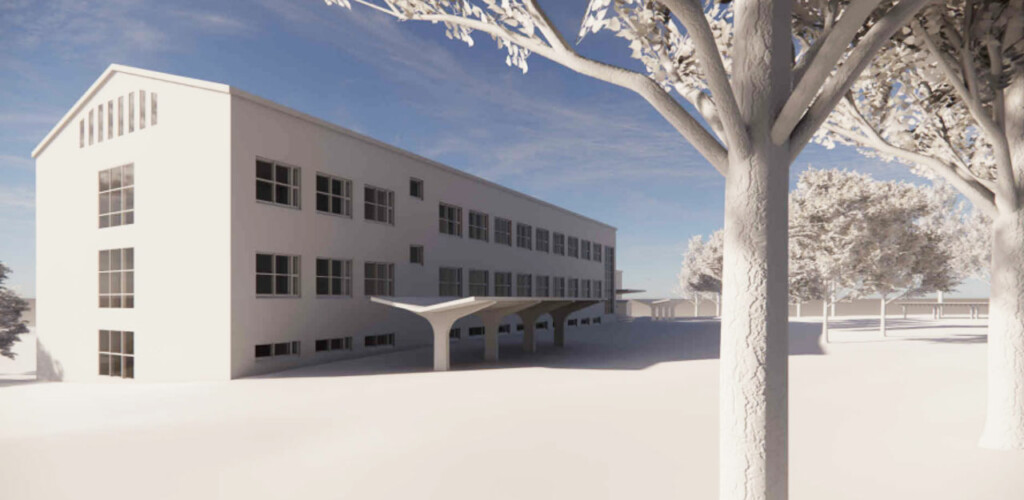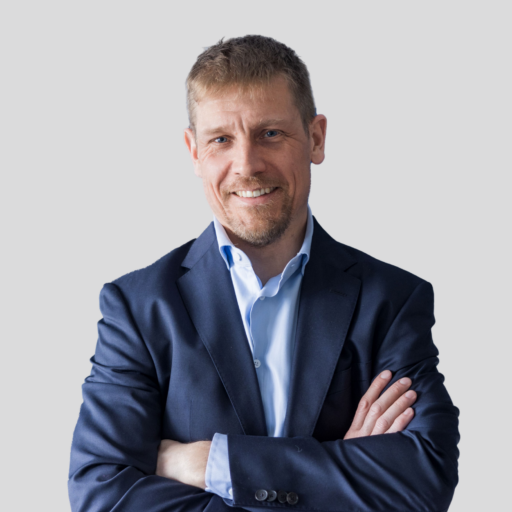
The energy system for Kerava Central School was selected using multi-objective optimisation. The solution cuts costs and emissions.
Reference 23.8.2023
Project details
-
Facts
Kerava Central School is a valuable protected building that will undergo a complete overhaul to convert it from a primary school into a secondary school.
-
What we did
Rejlers is responsible for the HVAC and automation design for the overhaul, including multi-objective optimisation. The chosen solution will save an estimated EUR 600,000 over 30 years, and its carbon footprint will be 62% smaller.
-
Highlight
“We wanted to get close to energy efficiency class A. This was an almost impossible goal, but the result surprised us—we would not have achieved it without multi-objective calculation.” – Kristiina Pasula, City of Kerava.
Kerava Central School, a valuable protected building, will undergo a complete overhaul to convert it from a primary school into a secondary school. At the same time, the school’s energy system, thermal insulation and technical building services will be modernised. Rejlers used multi-objective optimisation to identify a comprehensive solution that minimises costs and emissions.
Rejlers is responsible for HVAC and automation design for the overhaul of Kerava Central School. Multi-objective optimisation is part of this package and was used to examine the life-cycle costs and energy consumption of solutions that affect energy efficiency. The comparison covered various energy systems, the U-values of structures, the features and controls of ventilation machines, and a solar power system.
“Geothermal heating proved the most cost-effective option for a 30-year review period. It takes approximately 10 years to recoup the investment. In addition, geothermal cooling can be obtained alongside geothermal heating. This is useful on hot summer days, as the school building is used for art education in the summer,” says Kristiina Pasula, Real Estate Manager for the City of Kerava.
The conditions are ideal for geothermal heating, as the ground loop can be built under the city’s central sports field next to the school. The solution is complemented by solar collectors and an electric boiler for backup heating, which is rarely needed—geothermal heating is expected to be sufficient for temperatures as low as −20°C.
“We studied and simulated the life-cycle and investment costs and energy consumption of various solutions and structures. The selected solution will save approximately EUR 600,000 over 30 years compared with a conventional solution. Moreover, its carbon footprint is 62% lower,” says Ville Alho, Energy and Life Cycle Specialist at Rejlers.
The overhauled site nearly achieved energy efficiency class A
The City of Kerava has set targets for reducing its energy consumption and carbon footprint. In this regard, multi-objective optimisation is also a useful tool: it can help identify how different solutions contribute to reaching the targets, making it easier to propose choices to decision-makers.
“We wanted to get as close as possible to energy efficiency class A, which requires energy consumption no higher than 90 kWh/m2. This was an almost impossible goal, but we came very close: 94 kWh/m2. We surprised ourselves, and we would not have achieved it without multi-objective calculation,” Pasula says.
Thermal insulation of structures and ventilation control were also examined
The project also involved evaluating the thermal insulation of the central school’s structures. The solid stone exterior walls were left unchanged, but insulation was added to the base floor and roof.
For the technical building services, the objective was reliable solutions with easy servicing and maintenance. Ventilation control presents challenges in many schools. In the central school, this was mainly addressed using time control.
“Multi-objective optimisation was an excellent and appropriate method, which we will definitely use again for other school projects. The method can be used in many ways to find the best solutions for different sites,” Pasula believes.
Multi-objective optimisation is worthwhile in every project
Multi-objective optimisation provided the City of Kerava with factual data to guide decision-making in the renovation project. The top priority was securing the best possible energy solution for the school, along with well-founded justifications for it.
“The choice is not subjective or arbitrary—decisions are based on calculated facts. Life-cycle analysis showed that geothermal heating is a better solution. Rejlers brought added value and services suited to the special characteristics of this project. We are highly satisfied with our collaboration,” Pasula says.
The project was also rewarding for Rejlers. Multi-objective optimisation can effectively promote responsible construction, and Rejlers aims to utilise the concept more extensively in the future. The results of the multi-objective optimisation process at Kerava Central School will also be used for the life-cycle analysis of geothermal heating in an attempt to ensure suitable dimensioning of geothermal well fields and the supply of energy long into the future.
“Many customers are unfamiliar with the method and do not know the opportunities it can provide. Multi-objective optimisation is worthwhile in every project because it delivers significant added value,” says Nico Niemelä, Energy and Life Cycle Design Specialist at Rejlers.
Images: by Kerava municipality
